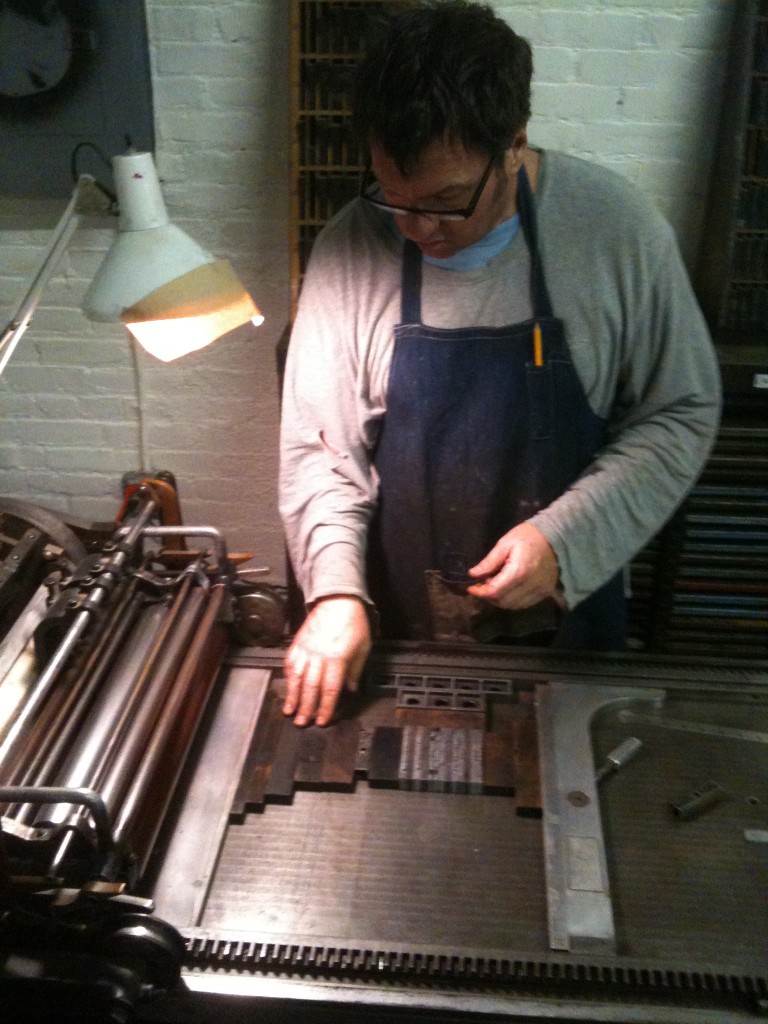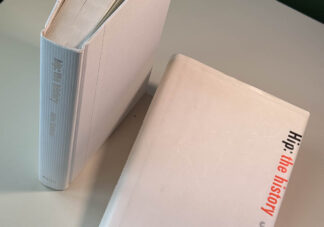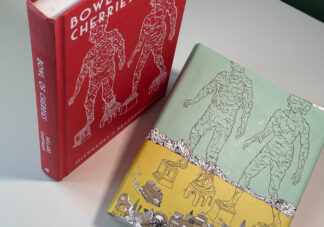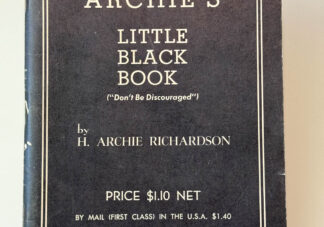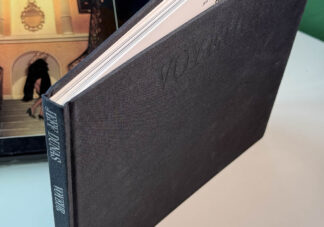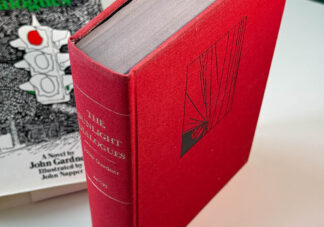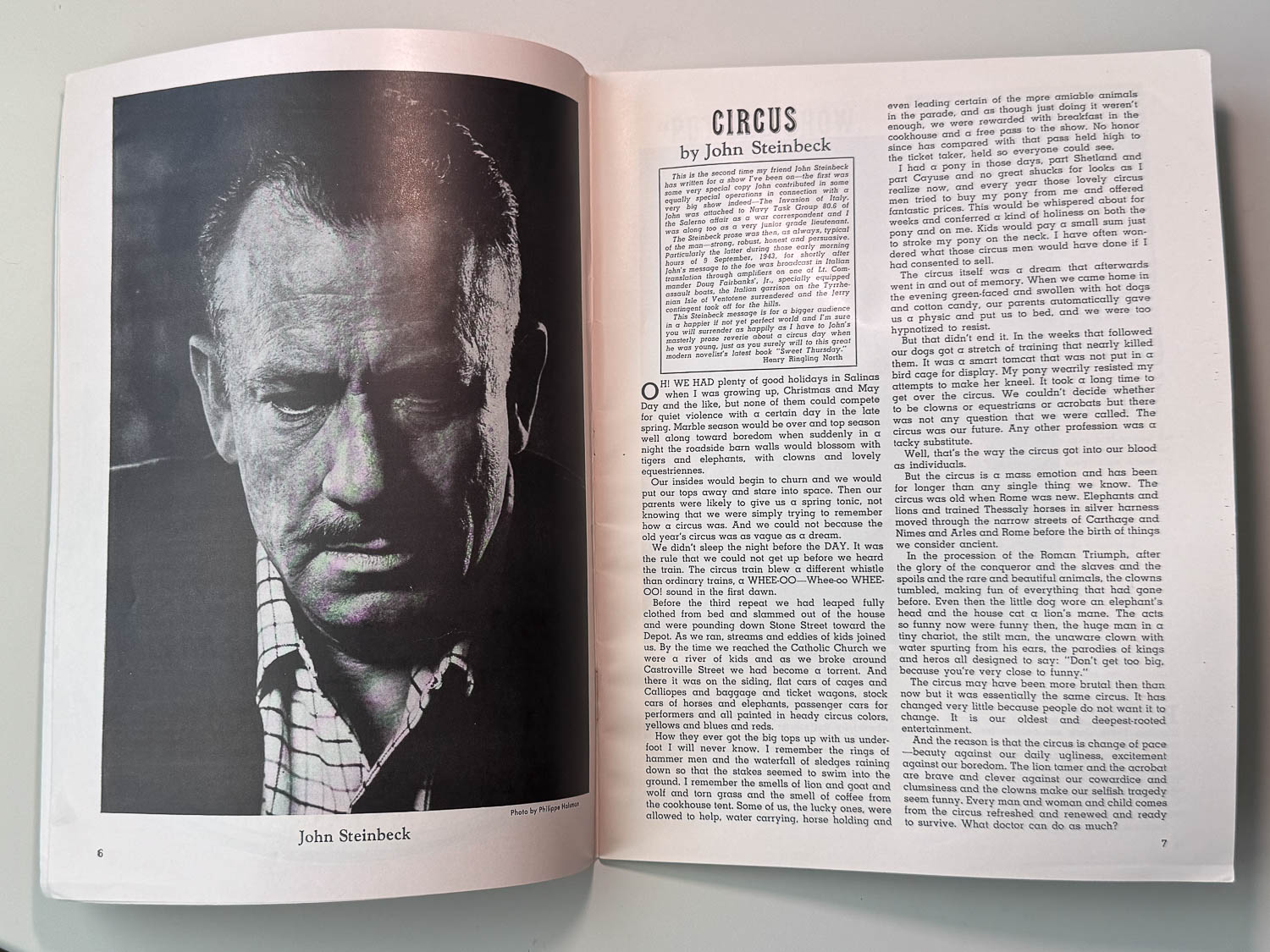
You don’t expect to find John Steinbeck under the Big Top. But there he is—in the 1954 edition of the Ringling Bros. and Barnum & Bailey Circus Magazine & Program—writing a short essay simply titled “Circus”.
It’s tucked between clown bios and ad copy, printed on glossy paper for a quarter. Not in The New Yorker. Not in Harper’s. But in a souvenir program handed out to families watching elephants march in circles. And the thing is—it’s good. Way better than Hemingway’s take from the year before. Steinbeck’s essay didn’t read like he simply accepted an assignment — which is exactly what Hemingway’s felt like. Steinbeck doesn’t glorify the spectacle, either; he honors the labor, the grit, the fading shine behind the scenes. It’s about memory and movement. It feels like something that could’ve shown up in one of his novels.
So why does it matter? Because this forgotten periodical reminds us that literary value isn’t always shelved where we expect it. Sometimes it hides in ephemera. Sometimes the archive is a folding table in the sun at your favorite flea market.
That’s part of the work—being a seller, sure, but also a finder. A rescuer. A re-contextualizer of things left behind — if you can call that “work.”

